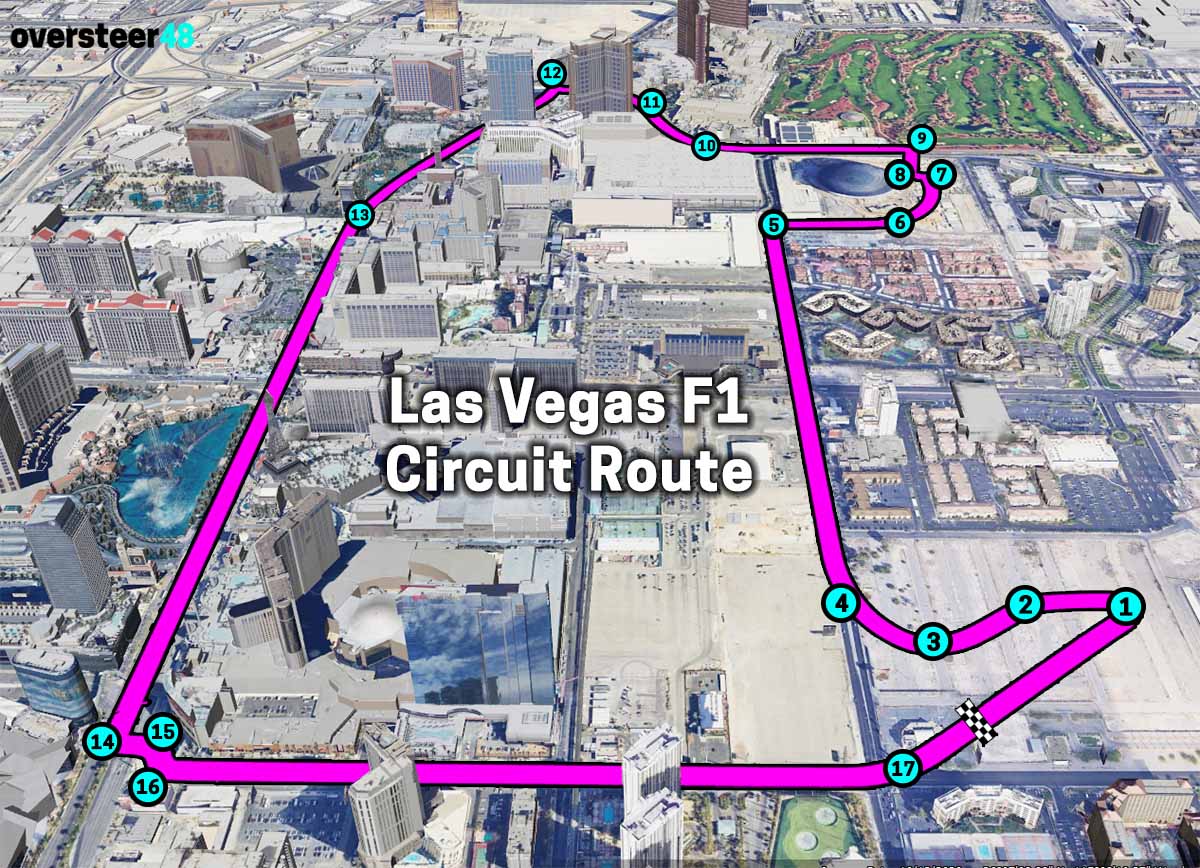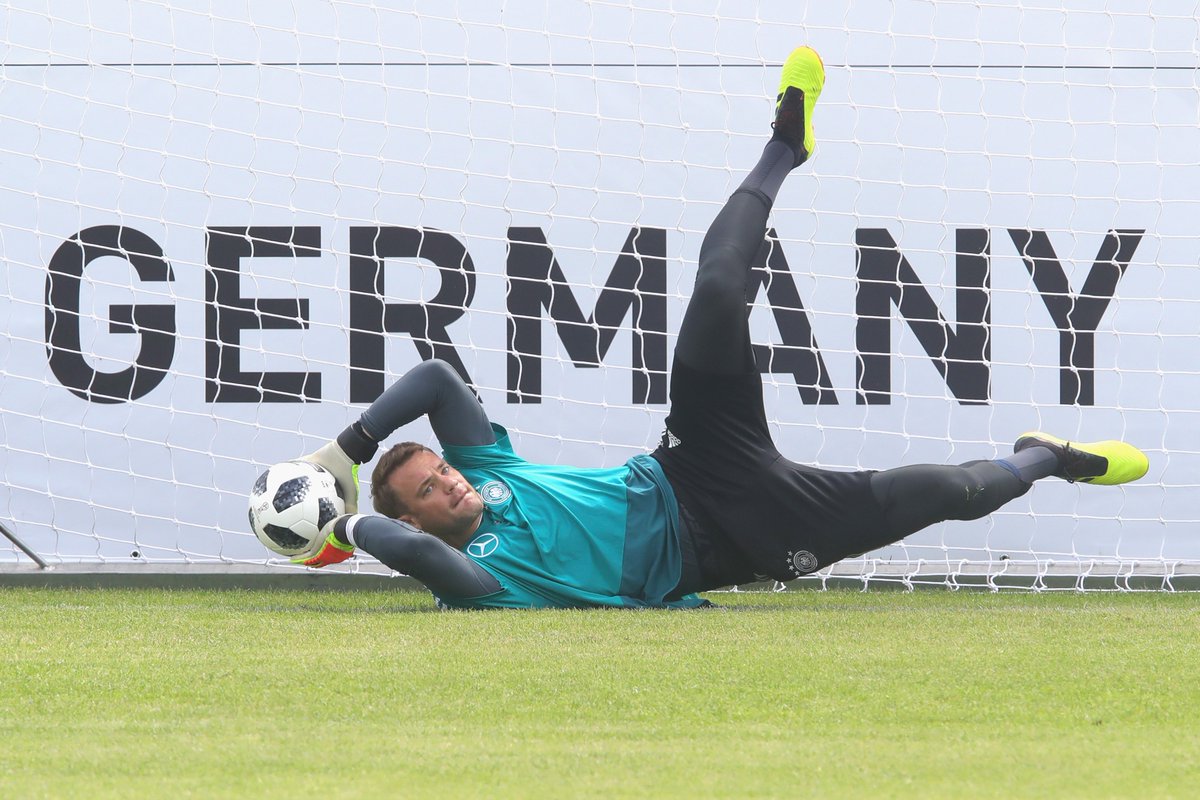From The Track To The Streets: F1 Driver Style Guide

Table of Contents
Precision and Control: The Cornerstone of F1 Driving
F1 driving is synonymous with precision and control. The ability to maintain absolute control, even at breakneck speeds, is paramount. This mastery isn't born overnight; it's the result of years of dedicated practice and honed skill. At the heart of this lies the execution of smooth inputs.
-
Smooth Inputs: F1 drivers prioritize gradual steering, braking, and acceleration. Jerky movements are the enemy of precision; they disrupt balance and reduce control, particularly crucial when navigating high-speed corners. Think of it as a dance between car and driver, a fluid interplay of movement.
-
Advanced Techniques: Mastering F1-inspired driving involves understanding and implementing techniques like smooth throttle application, trail braking (applying brakes while turning into a corner), and apexing (hitting the inside of the corner at the optimal point). These techniques maximize cornering speed and stability.
-
Real-world application: While you won't be trail braking at 200mph on the highway, practicing smooth transitions between steering, braking, and acceleration dramatically improves your car control and safety in everyday driving conditions. Avoiding jerky movements prevents sudden swerves and enhances your ability to react to unexpected events.
-
Practical Steps:
- Practice slow-speed maneuvers in a safe environment (like an empty parking lot) to master smooth inputs. Focus on the feeling of gradual control.
- Observe experienced drivers (not necessarily F1 drivers, but skilled and safe drivers) to learn proper techniques. Pay attention to their smoothness and anticipation.
- Consider advanced driver training courses. Professional instruction can provide valuable insights and feedback, helping you refine your technique.
Strategic Awareness: Anticipating the Road Ahead
F1 drivers possess an almost preternatural awareness of their surroundings. This isn't just about seeing what's immediately in front of them; it's about constantly scanning the track ahead, anticipating changes and planning their moves accordingly.
-
Reading the Road: F1 drivers constantly scan the track ahead, anticipating changes in the road surface (bumps, oil slicks), obstacles (debris, other cars), and the overall racing line. They are constantly assessing risk and adjusting their approach.
-
Planning Your Route: Before approaching a turn, an F1 driver will have already formulated a driving line, optimizing their speed and trajectory to achieve the fastest and safest passage. This requires thinking ahead and anticipating the optimal path.
-
Real-world Application: Develop the habit of looking further ahead while driving, constantly scanning for potential hazards (pedestrians, cyclists, other vehicles, changing road conditions). Planning your route, even subconsciously, contributes to safer and more efficient driving.
-
Practical Steps:
- Practice your observation skills by consciously focusing on anticipating potential hazards like traffic patterns and road conditions. Make it a game; how far ahead can you anticipate events?
- Use mirrors effectively to monitor your surroundings. Don't rely solely on your forward view.
- Maintain a safe following distance. This provides crucial reaction time to unexpected events ahead.
Defensive Driving Techniques
A crucial aspect of strategic awareness is defensive driving. This involves:
- Maintaining a safe distance: Leaving ample space between your vehicle and others gives you more time to react.
- Signaling your intentions: Always signal turns and lane changes to let other drivers know your plans.
- Being aware of blind spots: Regularly check your mirrors and blind spots to ensure that you have a complete picture of your surroundings.
Confidence and Smoothness: The Art of Effortless Driving
While F1 racing demands incredible speed, it's the smoothness and efficiency of their movements that truly sets apart the best drivers.
-
Fluid Movements: F1 drivers execute maneuvers with minimal effort, achieving maximum efficiency. Every movement is purposeful and deliberate, avoiding unnecessary corrections.
-
Confidence in Control: Their calm demeanor reflects a deep understanding of their vehicle's capabilities and limitations. This confidence allows them to make decisive, controlled actions.
-
Real-world Application: Strive for smooth and deliberate movements behind the wheel. Confidence in your driving abilities translates to improved safety and control. Over-correction often leads to more problems.
-
Practical Steps:
- Practice relaxation techniques before driving (deep breathing, meditation) to reduce stress and improve focus.
- Focus on maintaining a consistent speed and smooth transitions. Avoid sudden acceleration or braking.
- Build your confidence gradually by progressively challenging yourself in safe environments. Start with easier maneuvers and gradually increase complexity.
Adaptability: Mastering Different Conditions
F1 racing is rarely consistent. Drivers must adapt to ever-changing conditions.
-
Variable Conditions: F1 drivers excel at adapting their style to varying track conditions (wet, dry, bumpy). Their technique changes depending on the grip available.
-
Tire Management: They adjust their driving techniques based on tire wear and grip levels, optimizing performance while preserving tire life.
-
Real-world Application: Learn to adjust your driving for different weather conditions and road surfaces. Adaptability is key to safe driving, whether it's rain, snow, or simply a change in road texture.
-
Practical Steps:
- Reduce speed significantly in adverse conditions. Speed limits are suggestions in ideal conditions, not mandates in poor conditions.
- Increase following distance in rain or snow to allow for longer braking distances.
- Understand your vehicle’s limitations in different conditions. What's your car's braking power like on ice? Know your limits and respect them.
Conclusion
This guide has explored key aspects of F1 driver style, revealing that it's a potent blend of precision, anticipation, and smooth execution. By incorporating these techniques into your everyday driving, you can elevate your skills, enhance your safety, and experience a more satisfying drive. Remember, mastering F1 driver style isn't about replicating F1 speeds on public roads, but rather about adopting the underlying principles of control, awareness, and finesse. Start practicing today and experience the difference! Improve your driving and embrace the principles of F1 driving techniques for a safer and more enjoyable experience on the road.

Featured Posts
-
 Paris Roubaix Spectator Confesses To Throwing Bottle At Mathieu Van Der Poel
May 26, 2025
Paris Roubaix Spectator Confesses To Throwing Bottle At Mathieu Van Der Poel
May 26, 2025 -
 Naomi Campbell Reportedly Banned From Met Gala 2025 Following Wintour Dispute
May 26, 2025
Naomi Campbell Reportedly Banned From Met Gala 2025 Following Wintour Dispute
May 26, 2025 -
 F1 Drivers Over 40 Triumphs And Setbacks
May 26, 2025
F1 Drivers Over 40 Triumphs And Setbacks
May 26, 2025 -
 Is Neuers Injury A Major Blow For Bayerns Title Chances
May 26, 2025
Is Neuers Injury A Major Blow For Bayerns Title Chances
May 26, 2025 -
 Monaco Nice Le Onze De Depart
May 26, 2025
Monaco Nice Le Onze De Depart
May 26, 2025
Latest Posts
-
 Fire Country Season 3 Episode 15 One Last Time Preview
May 27, 2025
Fire Country Season 3 Episode 15 One Last Time Preview
May 27, 2025 -
 Tracker S02 E12 Monster And S02 E13 Neptune Exclusive Previews
May 27, 2025
Tracker S02 E12 Monster And S02 E13 Neptune Exclusive Previews
May 27, 2025 -
 Tracker Season 2 Episode 12 Monster And Episode 13 Neptune Sneak Peek
May 27, 2025
Tracker Season 2 Episode 12 Monster And Episode 13 Neptune Sneak Peek
May 27, 2025 -
 Tracker Season 2 Episode 12 Monster Preview And Episode 13 Neptune Early Look
May 27, 2025
Tracker Season 2 Episode 12 Monster Preview And Episode 13 Neptune Early Look
May 27, 2025 -
 Watson Season 1 Episode 5 Moriartys Return Preview
May 27, 2025
Watson Season 1 Episode 5 Moriartys Return Preview
May 27, 2025
